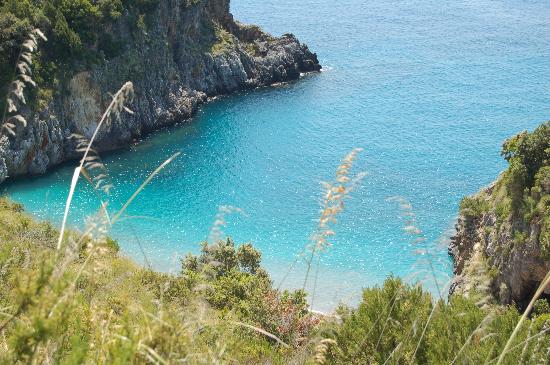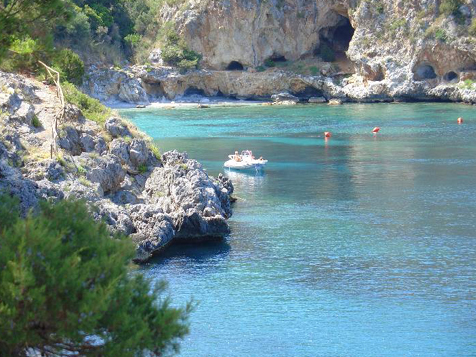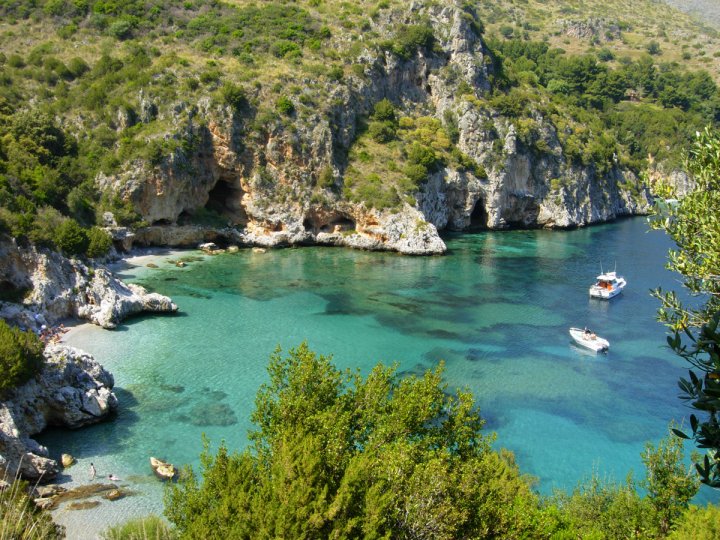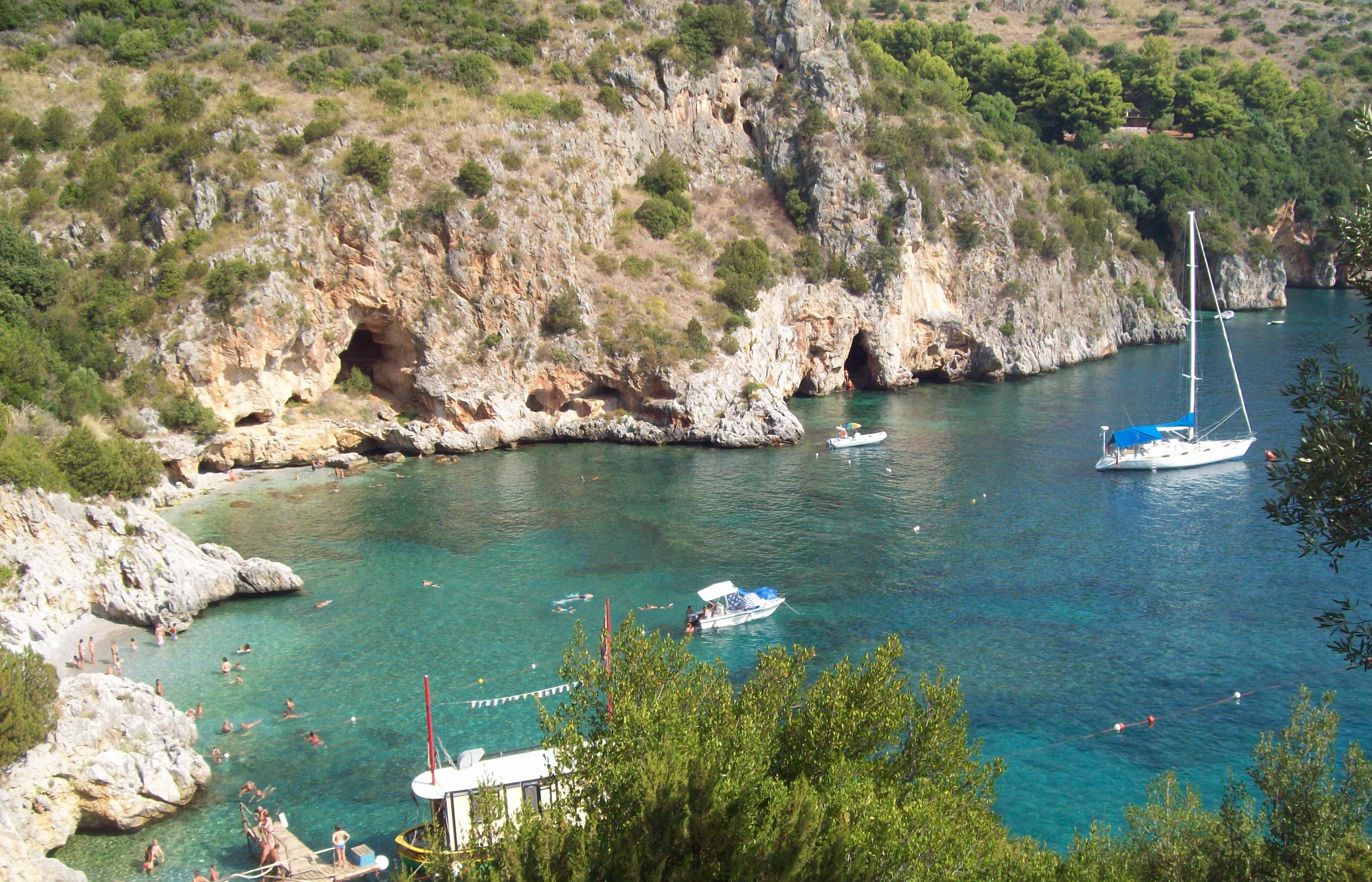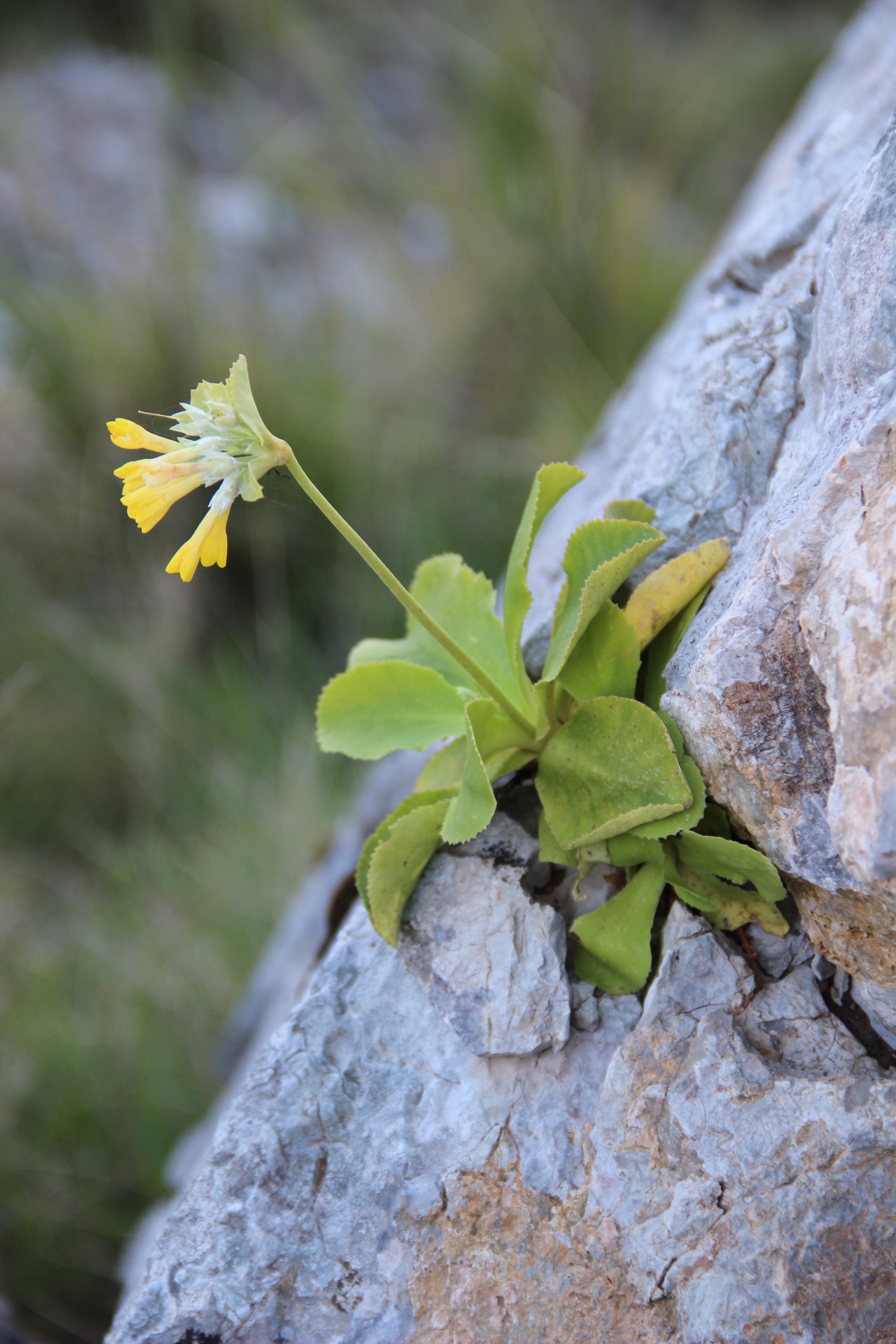
Area marina protetta costa degli Infreschi e della Masseta, Primula di Palinuro
This post is also available in:
 Italiano (Italian)
Italiano (Italian)
It is located between the municipalities of Camerota and San Giovanni a Piro, inside Cilento’s National Park and Vallo di Diano. The natural area has been protected since 2009, it has an extension of 2,332.00 hectares, where the characteristic Mediterranean landscapes alternate themselves with isolated beaches, bays, cliffs and numerous caves of karstic origins above and below the sea level.
A remarkable element of the flora is Primula palinuri, a rare, endemic species of the area. It belongs to the family of the Primulaceae and it is an endemic species of Tyrrhenian, Calabrian and Lucanian calcareous coasts (Southern Campania and Basilicata). It is considered a paleoendemic plant, which means it is a living fossil, since it is a relict species belonging to the ancient quaternary, two million and a half years ago. It is the only primrose which does not live in a mountain environment and probably the only surviving member of a family of primroses living on the mountains of Southern Italy and which did not survive the glaciations. They are an endangered species, mainly because of tourism’s development and anthropization, and they are safeguarded by the Bern agreement, a law of the Campania Region of the 12th January 1994; Poste Italiane dedicated a stamp to them in 1985 which was included in the collection “Flora da salvare” , designed by Giuseppe Ascar.
Primula palinuri presents itself like a small rose with fleshy, tough, viscous leaves with indented margin. The inflorescence is formed by numerous intense gold-yellow flowers, with a chalky-white chalice supported by a stem with a height between 15–20 centimetres.
The most famous cave is the “Alabastro” one, which is formed by extraordinary stalactites and stalagmites. The access is possible through an underwater path.
The complex forms of these landscapes are the reflection of the richness of the marine populations. A multitude of Posidonia oceanica is located at the bottom of the sea, while branches of Corallium rubrum are present at depths between 30 and 40 m.
This post is also available in:
 Italiano (Italian)
Italiano (Italian)
Contatti
Camerota(SA)
0974 719911
parco@cilentoediano.it
Altre info
Tutto l'anno
